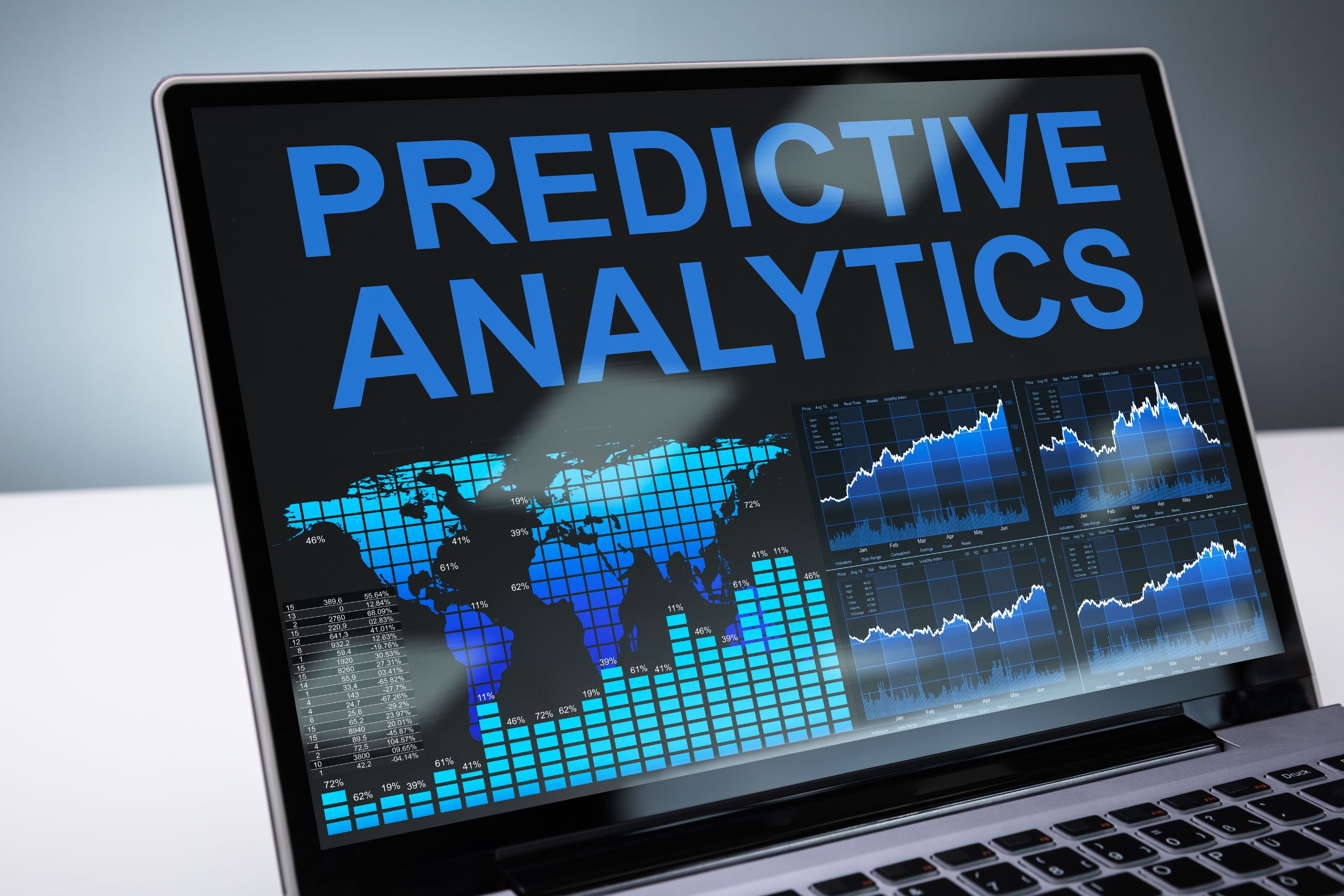Emerging as a critical element in the field of digital marketing, predictive analytics transforms companies’ interaction with their consumers. Predictive analytics helps companies to forecast future consumer behavior by using historical data and cutting-edge algorithms, therefore guiding decisions. By enabling the discovery of trends and patterns this data-driven strategy helps to greatly increase the efficacy of marketing plans.
In the competitive environment of today, one absolutely depends on knowing consumer preferences and behavior. Predictive analytics enables companies to ensure that their campaigns provide relevant content at the right time and assist them to adapt it. This ability affects engagement rates as well as return on investment. Properly focusing on relevant data helps companies to utilize their resources and provide customers a better experience by means of better marketing tools. If we want to maintain ahead in a culture becoming more and more data-driven, predictive analytics must be constantly evolved and included into digital marketing tactics.
Learning Predictive Analytics: What It Is and How It Works
Targeting future outcomes, predictive analytics is an area of data, algorithm, and machine learning method-based analytics. Analyzing past data helps one to see trends and patterns that would then be expected for future occurrences or behavior. By use of statistical methods and machine learning, predictive analytics might provide perceptive analysis aiding the decision-making process.
In the sphere of digital marketing, predictive analytics is quite important. By means of customer behavior and preferences, it allows companies to more accurately segment audiences, optimize advertising, and adjust message. Businesses may use historical buying trends, for example, to forecast which items a consumer is likely to purchase next and therefore enable tailored marketing plans. Predictive modeling may also assist determine possible rates of turnover, therefore allowing businesses to interact with at-risk consumers early on.
Predictive analytics increases ability to make wise decisions, properly allocate resources, and ultimately provide better marketing return on investment by focusing efforts where they most likely to generate results.
Enhanced Personalization and Customer Targeting
For marketers improving consumer targeting and tailoring, predictive analytics is very vital. By use of historical data analysis, these advanced methods help to identify specific customer preferences and actions. Marketers might come across patterns in customer behavior, product preferences, and degree of participation. This realization helps businesses to more precisely divide their audience and produce tailored marketing appealing to certain clients.
One cannot underline the need of tailored marketing. In a market full of homogeneous messages, tailored communications catch the attention of potential customers. By letting companies offer customized messages to the right audience at the right time, predictive analytics dramatically increases the likelihood of conversion. Data-driven insights let marketers match their products with consumer expectations, hence improving customer loyalty and happiness.
Predictive analytics also enable real-time changes that guarantee advertising stay relevant as consumer behavior changes. Through precise targeting and customisation, predictive analytics helps marketers to build closer ties with consumers, therefore promoting general corporate success.
Maximizing Campaigns for Best Return on Investment
Predictive analytics helps to maximize digital efforts by pointing out the ideal moments to interact with consumers. These instruments may identify high engagement times by means of past data, therefore enabling marketers to schedule their activities for best effect.
Predictive analytics also points out the best avenues of communication. Marketers may properly allocate resources by knowing where consumers are most active—be it social media, email, or another platform—such that messages reach the target demographic via preferred media.
Predictive instruments also examine prior content performance to suggest best content kinds. This might include figuring out which style, tone, or format would appeal most to certain customer segments. Customizing products based on expected knowledge will enable companies to establish deeper ties and increase audience participation.
Predictive analytics allows digital marketing to be much more effective and lucrative. Businesses may optimize return on investment (ROI) and propel more effective marketing results by adjusting engagement time, channel selection, and content strategy.
Measuring and Refining Marketing Strategies
Tracking campaign effectiveness and offering practical insights helps predictive analytics significantly measure and improve marketing efforts. It forecasts future results using statistical methods and past data, therefore helping marketers to determine which components of their campaigns work and which do not. Using real-time data analysis, predictive analytics helps businesses monitor critical performance metrics and change their strategies.
For a certain unsuccessful commercial, for example, marketers may quickly reallocate money or modify the language relying on predictive data. This flexibility helps marketing operations to be always optimal, thereby enhancing the outcomes of campaigns. Predictive analytics also helps to more precisely segment audiences, therefore enabling focused actions that speak to certain consumer preferences.
Real-time marketing strategy modification helps companies to reduce waste and increase return on investment. It turns information from a static resource into a dynamic tool for decision-making, therefore encouraging an always improving environment for marketing initiatives.

Final Thought
Including predictive analytics into digital marketing initiatives has several advantages, including better consumer insights, enhanced targeting, and best use of resources. By means of historical data analysis and future behavior prediction, marketers may better match their tactics to customer demands, hence optimizing engagement and conversion rates. By allowing marketers to make smart choices and always improve their efforts depending on actionable information, this data-driven strategy helps them to stay ahead of the competition. Using predictive analytics not only improves campaign success but also, by means of tailored experiences, strengthens long-term consumer connections. Marketers are urged to investigate more “technology and marketing” blogs in order to better grasp how to use these creative ideas for most influence in their projects.

